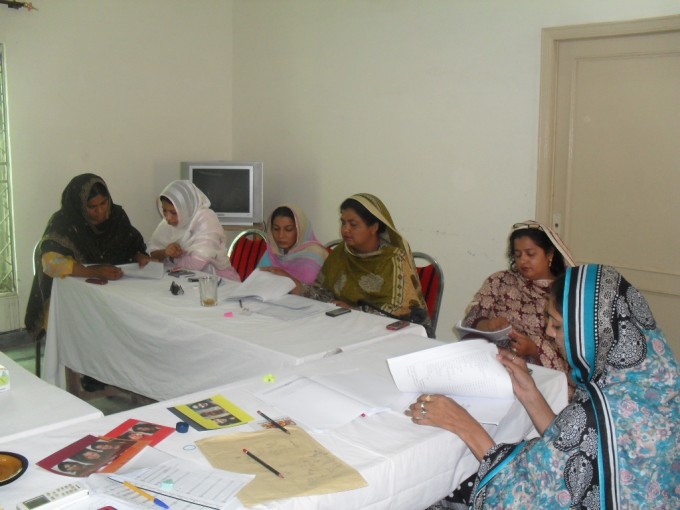Collaborative Structures; Complementing Simplicity, Knowledge and Capability
 Market research has been going through some changes lately where many research agencies have been going through mergers and acquisitions. The primary aim behind this is to hedge against the possible commoditization of research and maintain margins through scale. But is that the right approach? And if yes what else do they need to do. Let us examine it by understanding the three main stakeholder groups in research.
Market research has been going through some changes lately where many research agencies have been going through mergers and acquisitions. The primary aim behind this is to hedge against the possible commoditization of research and maintain margins through scale. But is that the right approach? And if yes what else do they need to do. Let us examine it by understanding the three main stakeholder groups in research.
1. Clients:
Large clients want complete solution but that at competitive prices. The marketing budgets are the first ones to get affected during slow growth/recessionary periods. But as the same time it becomes more and more important to retain and satisfy customers where every competitor is fighting for a “smaller consumer wallet”. While global agencies might be able to deliver on the complete solutions it becomes hard to control costs as there are a lot of people feeding of the same plate. The structural hierarchies have to be more comprehensive and in turn the overheads fail to deliver as low cost high value solutions.
2. Agencies:
Complete service agencies have to be just that “complete service”. Although there differential competence may lie in certain areas of research but they are bound to deliver complete solutions and have to maintain infrastructure and human resources that has to complement their promise of full solutions. Clients have become more astute in demanding certain services from agencies while rejecting others. This introduces many dead weights in a research organization.
3. Respondents:
Usually during projects, freshly recruited in-experienced research executives are given the responsibility of designing research instruments which instead of asking “fewer, more important” questions, ask a lot of questions to satisfy the client, the client services manager and their own managers. By designing a lengthier, boring survey the respondent response rates and the statistical representation of actual respondents are affected. And those respondents who do respond are observed to compromise on the quality of tail end responses just to get done with a long instrument.
So what is the solution to all this. The key words are simplicity and collaboration. Clients are quite content if they are delivered quality and easy to use, useful information then “complete solutions”. So to bring value in the research process a research organization has to be an information boutique where smaller yet more focused teams work in non-hierarchical structure, banking on the experience and know how of local senior management and fresh ideas of research executives. The personal involvement of experienced professionals ensures the instruments are as meaningful as possible. This helps save a lot of time for agencies.
Smaller organizations also have inherently low overheads which help them deliver better valued and customized solutions. And rather than being the jack of all trades, companies can utilize international and local collaborations to complement each other’s core competencies and deliver high value solutions.



